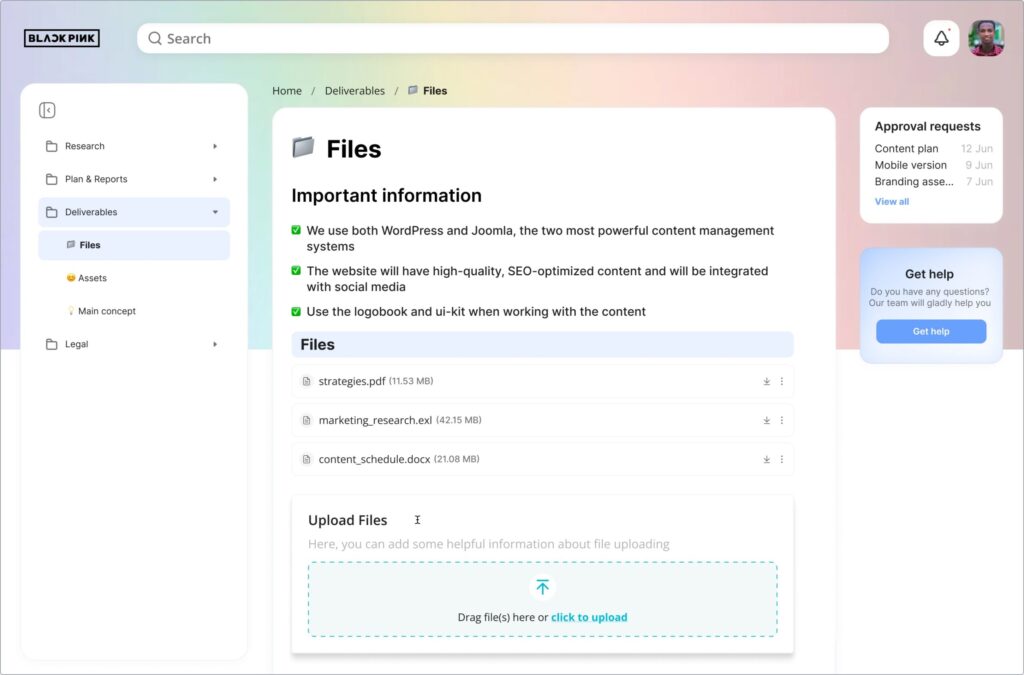
If you have never beaten yourself up for being unable to come up with an idea, or, possibly worse, for forgetting a brilliant one that vanished before you managed to capture it, you may well be a cold-blooded alien or a robot from the future. For the rest of us humans, the creative process comes with challenges. How can you boost your creativity and produce an idea exactly when you need it, when nothing seems to be coming to your mind? How can you capture ideas that seem to come and go without waiting for you to type a single word? Creativity paralysis happens to the best of us, so let’s prevent it by looking at ways to drive inspiration, generate productive thoughts and record ideas.
How to Propel Your Creative Process
Automate whatever you can
When your mind is busy with trivial everyday tasks, such as choosing an outfit, thinking of a meal to cook or planning a route to your office, you are draining resources that otherwise could help you create ideas and reach your goals. Free your mind for inspiration and boost its creative capacity by automating, delegating or outsourcing all those chores where creative thinking is not absolutely necessary.
Pump your creative muscle
Having channeled your creativity where it’s best used, you need to train your mind to produce thoughts that can be converted into worthy ideas. Whenever you have an idea to conceive, try playing with it. Thinking of a product name? Try describing the product in unusual ways, use metaphors and comparisons, brainstorm and write down the craziest cues. Planning a trip? Try ‘reverse planning’, where you start from the final point and plan your steps backwards to the very departure. Creating a marketing campaign? Ask people unexpected questions about your product, note down their answers and build on each of them with questions ‘why?’ and ‘how?’, even if the ideas sound impossible.
Use Zeigarnik effect to your advantage
This effect was described by a psychologist named Bluma Zeigarnik. She noticed that unfinished or interrupted tasks are recalled better than completed ones. Once we start a process, we are totally into it and remember every single detail. As soon as we are done, all thoughts of it seem to vanish from our mind. Which can actually play against us: we may get stuck on some thoughts and cannot move on until the process is over. But on the other hand, the hardest thing is pushing start, and once we are in, ideas keep rolling. The main idea is to discipline yourself to start: write the first line, describe the first thought, record the first opinion – and then subsequent ideas roll in and keep us going towards our goal.
Build a ‘home’ for your creativity
Most of us are creatures of habit. A certain smell invariably helps us relax, a melody brings back memories, a favorite hoody not only wraps us with warmth, but also immerses us into an associated mood. So create a ritual to welcome your inspiration. Give yourself ‘anchors’ that will activate your mind to produce creative ideas. It may be a place, like your favorite armchair; a visual prop, like a picture on the wall; or something even less tangible, like a selection of music tracks, an aroma candle or a specific kind of tea or coffee. Using such anchors helps you catch a creative vibe and find new ways to move towards your goal.
Make the creative process easy

Have you noticed that you read only when the book is at hand, learn new foreign words only when the word card is right in front of your eyes or work out only if you prepared your gym bag in advance? If an idea comes to your mind, you have to make many moves to capture it. If you don’t move fast enough, it will wave goodbye and never come back, leading you to feel frustrated and angry at yourself, which is not the best mood to do any brainstorming or creative planning. To prevent idea loss, make sure you always have all the necessary tools within easy reach, be it a piece of paper, a planner or a pad.
Record your ideas with FuseBase!
What are Some Ways to Capture Your Ideas?
One famous scientist insisted on having white wallpapers in his bedroom and pencils at the bedside table so that, should he wake up in the middle of the night, he could immediately note down the ideas that came to him in his sleep. Apparently, he was well aware of the fact that ideas only live when they are fixed on paper, instead of simmering inside your mind. But how do you capture them? Luckily, today you don’t have to write on your bedroom walls.
Use morning pages and freewriting techniques
Unless you are a journalist, blogger or writer, you may have difficulty capturing ideas in writing. While writing your thoughts down helps crystalize them into a digestible shape, it may take too long to find the proper words, so the idea may slip your mind. To train yourself to articulate ideas easily, make it a habit to spend some time each day writing everything that enters your mind. Taking time to learn to express your fleeting thoughts in writing will facilitate the process, so whenever you do need to capture a valuable idea, you will not be lost for words. Besides, if you give it a try, you will find a method and tool that suits you best – jotting a few lines on paper, typing them on your phone or laptop or drawing a mind map in your planner or a pad application.
Pick a handy dictation app
Sometimes ideas occur to us when our hands are busy – driving, chopping veggies or doing washing up. Even if you keep your tools of choice at hand, using them at that very moment may be problematic or impossible. This is where another technology for capturing ideas comes in handy – you can dictate your thoughts onto a dedicated app. Choose the one that allows recording in one or two clicks – if you have to perform too many steps to start the recording, you lose precious time and risk losing your idea. Talking to yourself may sound funny, but it really helps to take the idea out of your head the moment you need it, before you forget or lose track. If you need it, multiple existing voice recognition apps or bots can later transcribe your recording into plain text.
Draw a mind map
If you are not ready to express your thoughts in fully baked sentences, you can note down the main ideas as a mind map. There are many ways to capture that glimpse of inspiration as a mind map – linear or multi-layer, but the easiest is to draw a spidergram, with the main word in the center and a few ‘legs’ with connected words around. Later you can elaborate on each related idea and transform your mind map into an action plan.
How to Capture Ideas with FuseBase

Ideas often strike when we are consuming some content. If you have an easy tool to note them down, these inspiring pieces of content may then become valuable food for thought. Capturing images that can develop into brilliant ideas has never been easier. You can grab any content from any page you hit: save entire web pages or their parts, download images, texts or links to use in your mindmap, with notes and annotations. You can add your comments to make the idea stick and be sure that no eureka moment ever gets lost!
Visit the FuseBase Facabook page for the latest news and updates!
Found it useful? Share the article with your community
Subscribe to our blog!
Get weekly tips and insights on how to grow your business